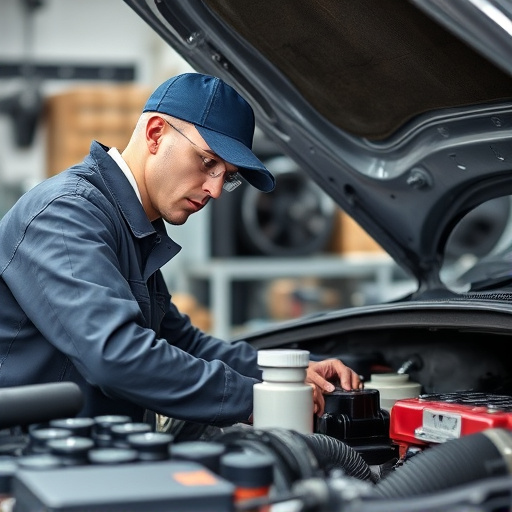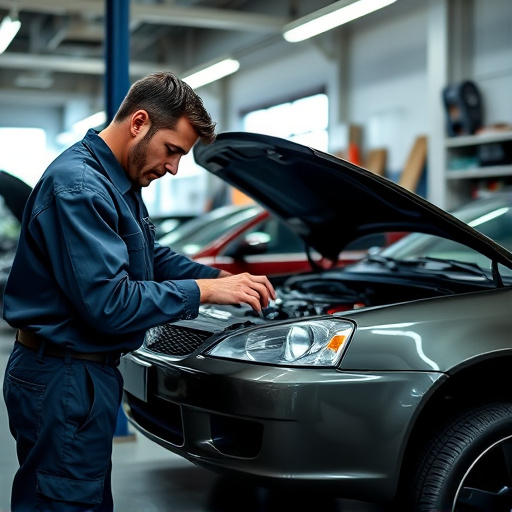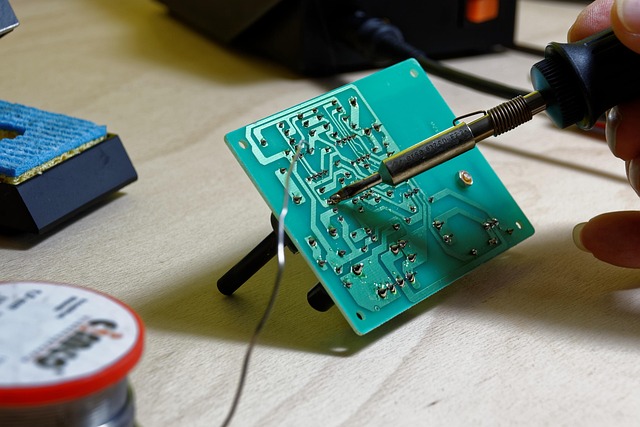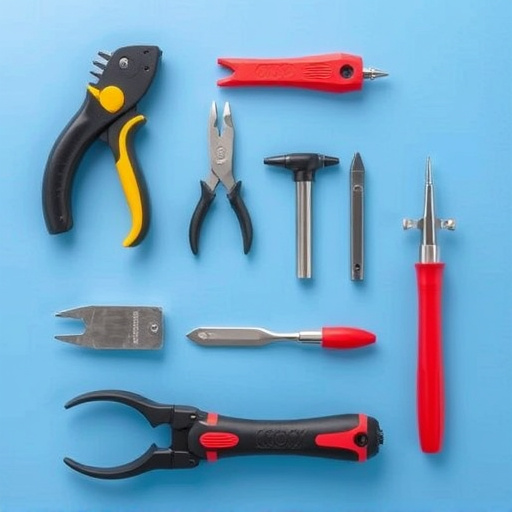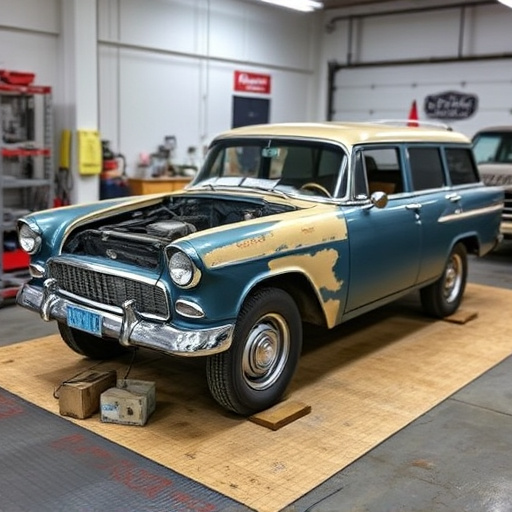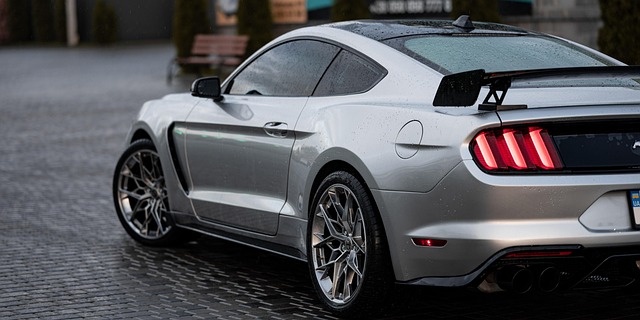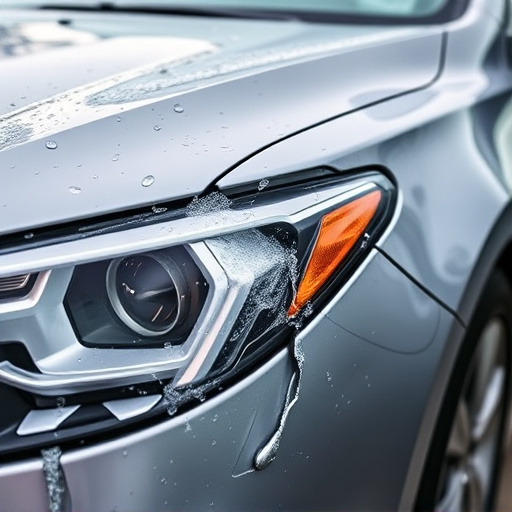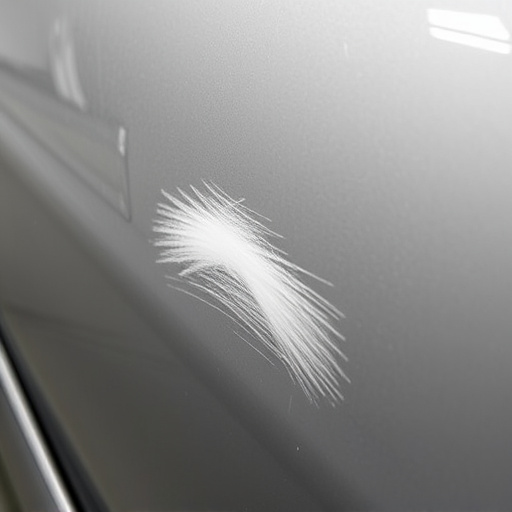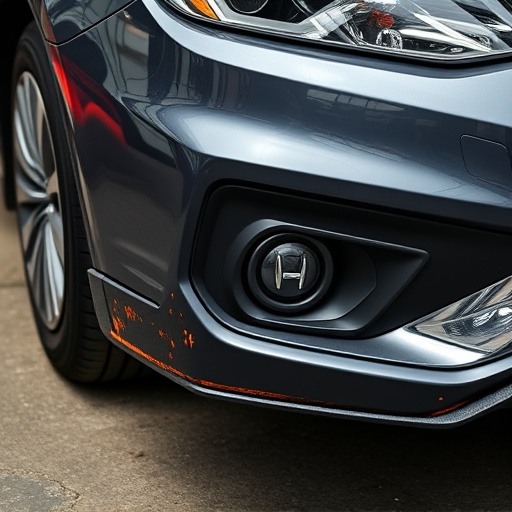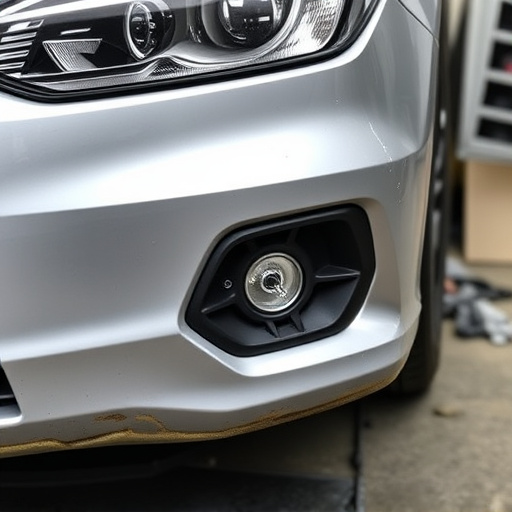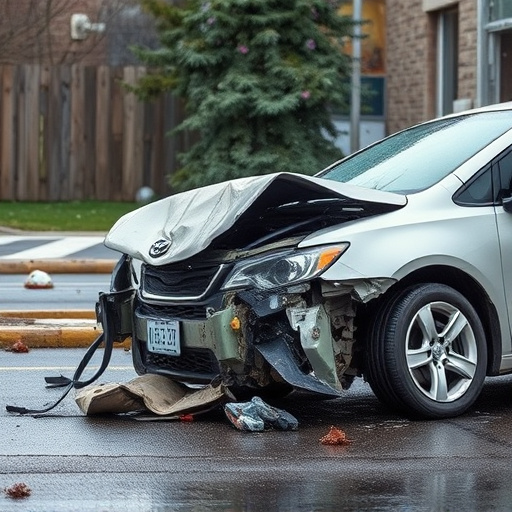Manual PDR equipment is cost-effective and suitable for small, intricate dents but time-consuming. Powered tools offer speed, precision, and control, ideal for large-scale repairs. Choosing between them depends on needs, budget, and extent of damage, with manual tools for light use and powered tools for busy bodyshops.
When it comes to paintless dent repair (PDR), choosing the right tool is crucial. This article guides you through the decision between manual and powered PDR equipment, offering insights into their unique features and benefits. We explore the advantages of manual tools—their precision and versatility—and the innovations in powered devices, such as faster results and increased reach. By understanding these options’ limitations and considerations, you can select the ideal PDR equipment tailored to your skills and budget.
- Understanding Manual PDR Equipment: Advantages and Limitations
- Powered PDR Tools: Features, Benefits, and Considerations
- Choosing the Right PDR Equipment for Your Needs and Budget
Understanding Manual PDR Equipment: Advantages and Limitations
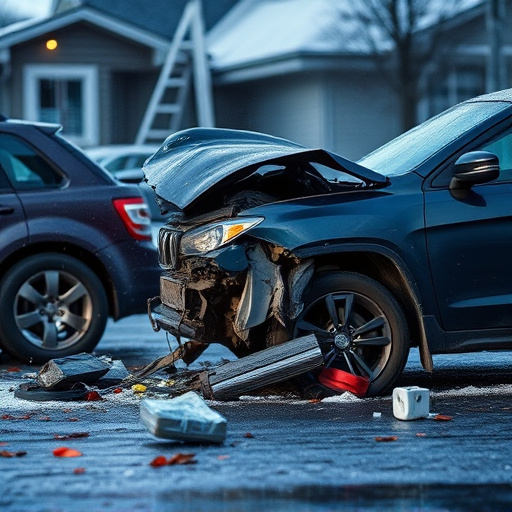
Manual PDR (Paintless Damage Repair) equipment relies on the skill and physical exertion of the technician to remove dents and scratches from car bodies. This method uses tools like pry bars, air guns, and mallets to apply precise pressure points for dent removal. The primary advantage lies in its cost-effectiveness; manual PDR doesn’t require an elaborate setup or expensive machinery, making it accessible to smaller repair shops and DIY enthusiasts. It’s also advantageous for intricate repairs where a technician’s manual dexterity is crucial.
However, the limitations are evident in terms of time and labor intensity. Manual techniques can be more time-consuming, requiring significant effort from the technician. This approach might not be suitable for large-scale or rapid repair needs, such as those encountered in busy automotive repair centers. Moreover, the skill level required to perform manual PDR effectively can lead to inconsistent outcomes, especially for complex car bodywork repairs.
Powered PDR Tools: Features, Benefits, and Considerations
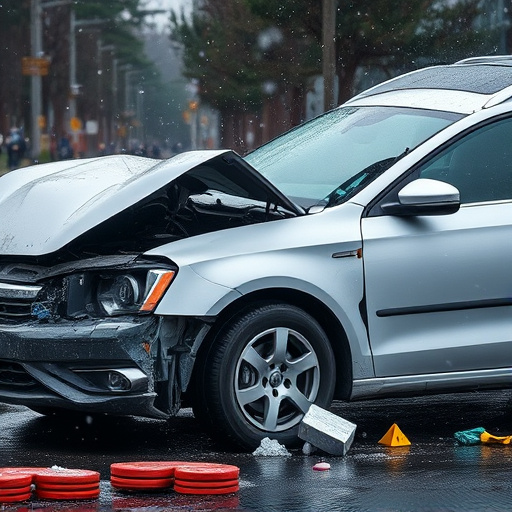
Powered PDR tools have transformed the automotive repair landscape, offering numerous features and benefits that manual methods can’t match. These advanced pieces of PDR equipment utilize electric or pneumatic power to deliver precise control and enhanced force, enabling auto glass repair and other restoration tasks with remarkable efficiency. With their ability to quickly and cleanly remove dents, crimps, and dings, powered tools are a game-changer for both professional mechanics and DIY enthusiasts looking to perfect their auto repair near me skills.
When considering powered PDR equipment, several factors come into play. First, the tool’s power source – electric or pneumatic – influences its performance and portability. Electric models offer quieter operation and often include additional features like heat tools for more complex repairs, while pneumatic options are known for their raw power and versatility. Next, consider the tool’s reach and adaptability; some powered PDR tools come with interchangeable tips to cater to diverse needs, from tight corners to large, flat surfaces. Lastly, weight and ergonomic design play a crucial role in determining the comfort and effectiveness of extended use, ensuring an enjoyable automotive repair experience.
Choosing the Right PDR Equipment for Your Needs and Budget
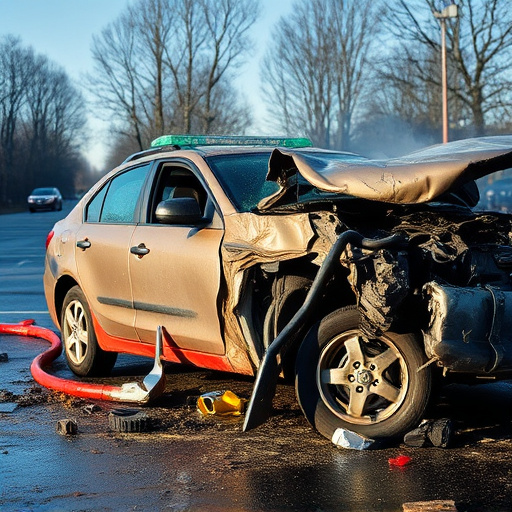
When deciding between manual and powered PDR (Paintless Dent Repair) equipment, it’s crucial to align your choice with your specific needs and budget. Manual PDR tools, like a mallet and extraction tools, are ideal for small, intricate dents and cost less upfront. They require more physical effort but offer versatility in tight spaces and are suitable for light to moderate damage. Powered options, such as pneumatic or electric guns, are faster and more powerful, making them perfect for handling multiple, larger dents or thick metal. These tools invest a higher initial cost but pay off with time, especially in professional car restoration scenarios.
Consider your average workload and the extent of typical dent removal tasks. For individual enthusiasts or small workshops dealing mainly with minor car body repair, manual PDR equipment might be sufficient. However, for busy bodyshops specializing in dent removal services, powered tools can significantly enhance productivity. Evaluating these factors will help you select the optimal PDR equipment, whether it’s manual or powered, ensuring efficient and effective dent removal tailored to your unique requirements.
When selecting PDR equipment, whether manual or powered, understanding your specific needs and budget is key. Both options have their unique advantages and limitations, as outlined in this article. Manual tools excel in precision and control, ideal for detailed work, while powered alternatives offer increased speed and force, perfect for large-scale projects. Ultimately, the right choice depends on your tasks, resources, and preferences, ensuring efficient and effective paintless dent repair.
